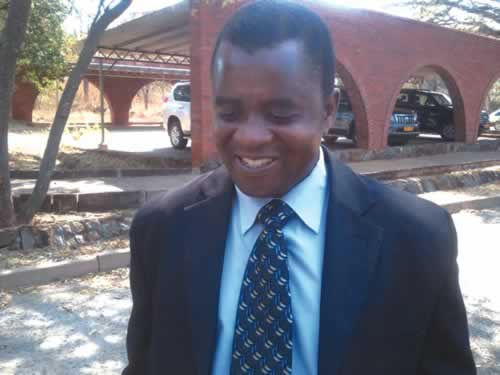The Sunday News

ONE of the most critical yet difficult interventions to make in smallholder livestock production is the breed improvement aspect.
Livestock farmers and practitioners are in agreement of the need to improve our breeds which are in decline because of many factors which include inbreeding.
It is the how part which is very challenging even to Government. It is common knowledge that if you want to change the breed you just introduce a bull into the herd.
However, it is also common knowledge that quality bulls do not come cheap.
This has been the difference between crop production interventions compared to livestock production.
In crop production the inputs are not very expensive as compared to livestock.
With $3 000 you can procure inputs like maize seed and you can buy 10-kilogramme bags for at least 200 households but that amount might not even be enough to buy one pedigree bull. It is therefore imperative for the powers that be and stakeholders in the livestock sector to think outside the proverbial box and craft strategies that can be adopted in trying to improve smallholder farmer breeds. Without this change, smallholder farmers will also cry of being shortchanged by buyers and they will always have animals with poor production traits.
I am aware that some donor organisations have tried to introduce bulls in communities in most cases with minimum success because of poor modelling of the project. The major challenge is always the fate of communally owned resources which is known as tragedy of the commons. In simple terms communally owned resources (even bulls) are not given proper care as no one feels responsible for the resource despite the fact that it is benefiting everyone.
It is against this background that I would like to propose a relook at the Isiphala SeNkosi model with a view of customising it to suit the livestock sector. Traditionally, the Isiphala SeNkosi concept has always been used on the crop production side of agriculture with special emphasis on food security.
It involves the villagers contributing grain to the chief’s granary and such reserves are used to support the less privileged members of the community. It is my contention that the model can be adjusted to suit the livestock sector and breed improvement initiatives can be radiated from the chief.
Chiefs can be custodians of the bulls and villagers whose herds are being serviced by the bulls can contribute towards bull maintenance costs. I may not have the answers to every question but what is not in doubt is that a model needs to be developed for breed improvement in communal settings. I will welcome inputs from readers and researchers on how the model for breed improvement can be done at communal level.
I refuse the defeatist thinking which deems it impossible to institute breed improvement programmes in communal set up.
With proper thinking and support it can be done with reasonable success. I am aware that some people have previously dismissed use of artificial insemination for breed improvement in communal areas as impossible but a number of organisations have tried it here in Zimbabwe with success. I can argue in this column that due to the trials conducted by different donor supported organisations, the Government is now confident to try this technology among smallholder communal farmers and plans to roll out massive artificial insemination activities are in place already.
It is my call again this week for livestock players in the various sectors such as the industry itself, research institutions and universities to come forward and be solution providers to farmers specifically with regards to breed improvement.
We just have to break this chain of poor production among our farmers by trying out solutions such as a remodelled Isiphala Senkosi.
I am very convinced that if there are organisations that have the capacity to procure some bulls for use in communities they can try this model and see how it can be improved to yield results. The bulls can be rotated between villages but still remain under the stewardship of the chief. Uyabonga umntakaMaKhumalo.
Feedback [email protected] or cell 0772851275.



